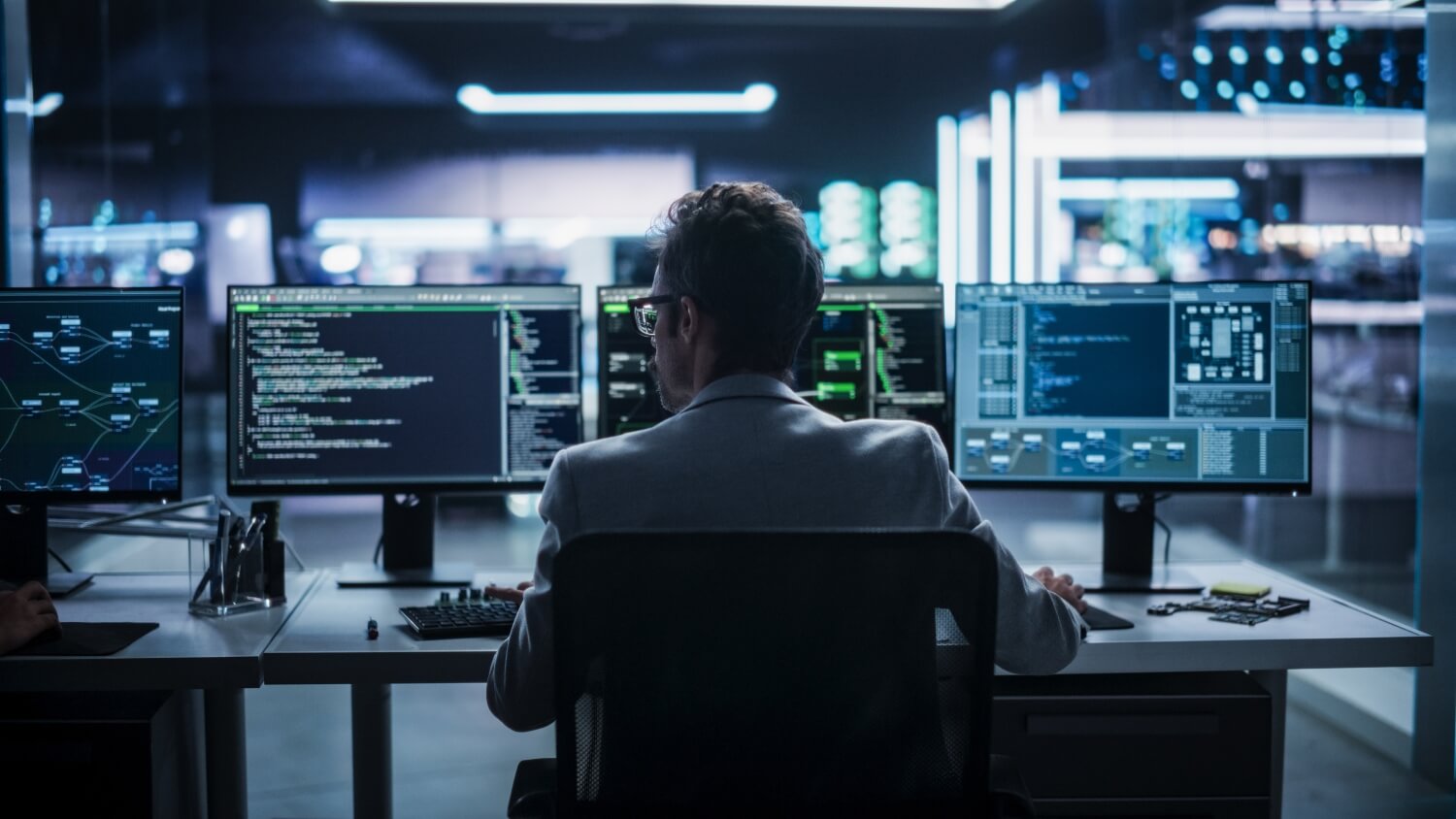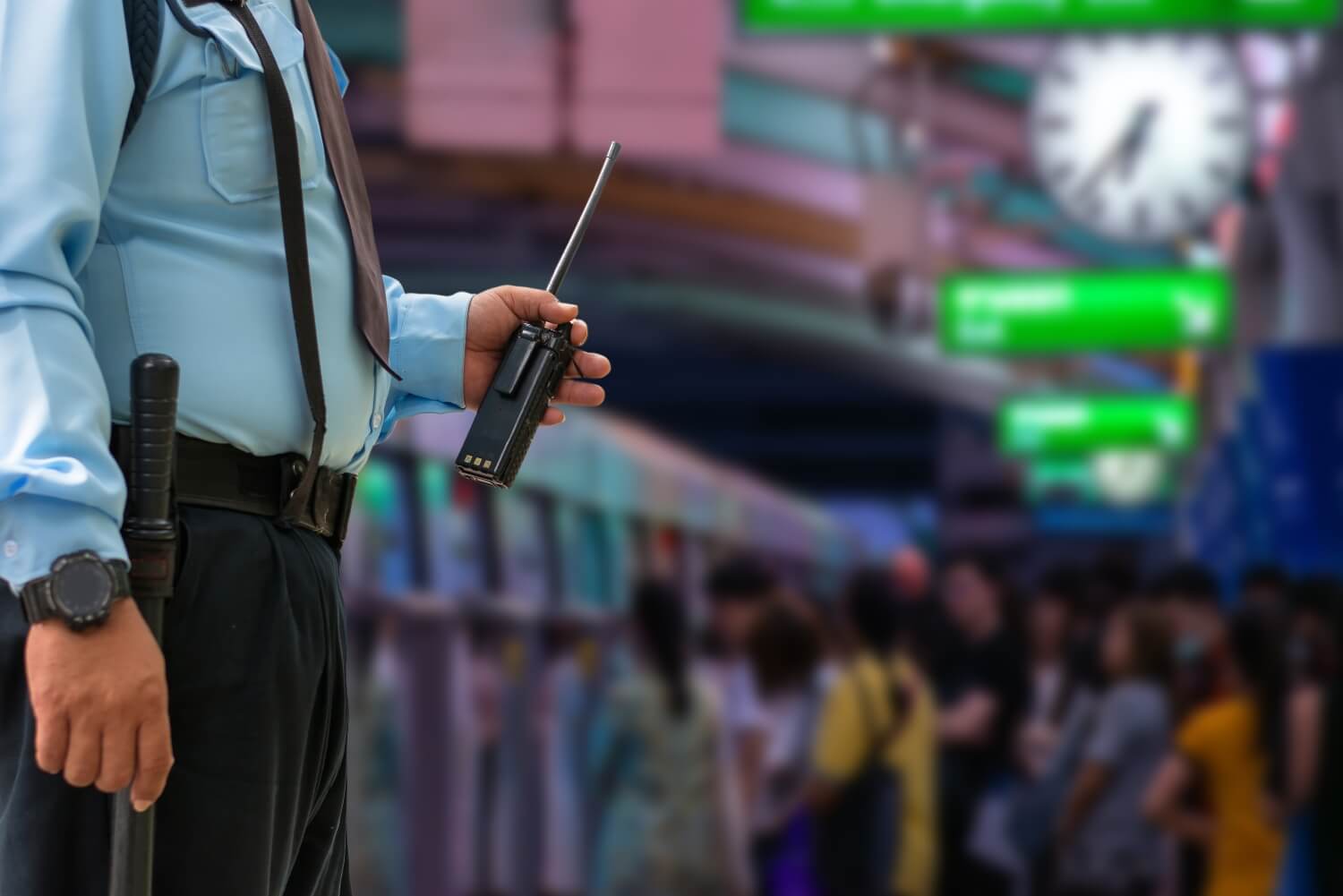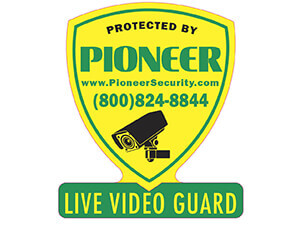In today’s hyper-connected world, live video guard platforms have revolutionized physical security by combining real-time video feeds with trained operators to remotely monitor and respond to threats. However, this innovation brings complex cybersecurity challenges that can jeopardize both the safety and privacy of users.
Understanding these challenges is crucial for organizations that rely on live video guard platforms to protect their assets. In this article, we’ll explore the full spectrum of cybersecurity risks facing these platforms and how security providers like Pioneer Security can help mitigate them effectively.
What Are Live Video Guard Platforms?
Live video guard platforms represent a sophisticated blend of cutting-edge technology and skilled human expertise. Unlike traditional CCTV systems that simply record footage for later review, these platforms enable real-time monitoring by trained operators who can quickly detect suspicious activity and intervene remotely, providing a proactive layer of security.
At the core of these platforms is the seamless integration of human intervention with artificial intelligence (AI) detection. This combination creates a dynamic security solution where virtual guards can, for example, use two-way audio to communicate directly with potential intruders or immediately alert law enforcement when necessary.
Such capabilities make live video guard platforms indispensable across various industries, including construction, retail, and logistics, anywhere continuous, active monitoring is essential.
What truly sets these platforms apart is the powerful collaboration between human judgment and AI-powered analytics. This partnership not only enhances detection accuracy but also significantly improves response times.
Operators work through specialized video guard interfaces within command centers, managing remote patrols, overseeing multiple IP cameras, and flagging events in real time to ensure swift and effective action.
The Evolution of Remote Surveillance & Cyber Risk
As surveillance technology has advanced from simple analog setups to sophisticated IP-based systems, the landscape of cybersecurity risks has undergone a dramatic evolution, presenting new challenges for security professionals.
From Analog to IP-Based Smart Surveillance
The progression from analog cameras to IP-based intelligent surveillance has drastically expanded the attack surface for cybercriminals. While the shift to Internet Protocol (IP) cameras and cloud-based video storage allows for flexible, mobile viewing and seamless integration with other security systems, it also introduces new vulnerabilities.
Emerging Cloud and IoT Security Concerns
As connected devices proliferate across surveillance ecosystems, concerns about cloud security and IoT security have become increasingly prominent. Mobile app vulnerabilities, unpatched camera firmware, and unsecured remote access can expose live video feeds to hacking attempts.
Increased Risk and Expanding Threat Landscape
The result of these vulnerabilities is an increased risk of unauthorized access, data breaches, or even hijacking of camera streams. This evolution has turned live video guard platforms into lucrative targets for attackers who exploit network cameras and connected surveillance systems to infiltrate enterprise networks. The expansion of the remote monitoring threat landscape requires equally advanced cybersecurity strategies.
Anatomy of a Live Video Guard System
Understanding the key components and architecture of a live video guard system is crucial for identifying potential cybersecurity vulnerabilities.
Core Hardware and Software Components
At its core, the system consists of hardware components like cameras and Network Video Recorders (NVRs), software such as Video Management Systems (VMSs), cloud dashboards, and the human operators who monitor the feeds.
The Video Stream Pipeline and Vulnerabilities
The video stream pipeline, from camera hardware through the cloud or local servers to the guard’s dashboard, is a critical chain with multiple points of vulnerability. The login interface, where operators authenticate, must be secure to prevent credential theft or brute force attacks.
Security Event Flagging and Edge Processing
Security event flagging tools alert operators to potential threats, while edge processing capabilities enable some video analysis to occur locally on cameras, reducing latency; however, this also opens firmware as a possible attack vector.
Top External Cybersecurity Threats
Live video guard platforms face a variety of external cyber threats that can compromise system integrity and user privacy:
- Ransomware: Attackers may encrypt video data or platform control systems, demanding a ransom to restore access.
- DDoS (Distributed Denial of Service): Overwhelms network resources, disrupting real-time monitoring capabilities.
- Brute Force Attacks: Target weak or reused passwords on operator login portals.
- Man-in-the-Middle (MITM) Attacks: Intercept and manipulate video streams during transmission.
- Spoofing: Fake video feeds or alerts designed to mislead operators.
For instance, a ransomware attack on a major retail chain’s live monitoring system once froze all camera feeds, crippling loss prevention efforts. Such incidents underscore the importance of firewalls, network segmentation, and encrypted communications as indispensable layers of defense.
Insider Threats & Internal Misconfigurations

Cybersecurity risks are not limited to external attackers; insiders can pose equally significant threats to live video guard platforms. Employees with excessive permissions or poor security practices may unintentionally or deliberately expose critical systems to risk.
Some of the most common internal vulnerabilities stem from reused or default admin passwords, shared accounts lacking proper user role segmentation, and insufficient audit trails that fail to track suspicious activity.
Without effective permissions management and ongoing security training, careless insiders or disgruntled employees can leak credentials or misconfigure platform settings, leaving the entire system vulnerable to exploitation.
To mitigate these risks, organizations must establish clear user role definitions, enforce robust credential policies, and maintain thorough logging. These measures not only help prevent insider threats but also enable faster detection and mitigation when incidents occur.
Integration Risks: Alarms, CRMs, IoT Devices
As live video guard platforms become increasingly interconnected with other security and business systems, the potential for cybersecurity vulnerabilities significantly increases.
Enhanced Functionality Comes with Increased Risk
Modern live video guard platforms often integrate with alarm systems, customer relationship management (CRM) tools, and IoT devices like smart locks. While these integrations provide enhanced functionality, they also introduce new cybersecurity risks.
Exploitable APIs and Smart Device Vulnerabilities
APIs that connect these systems can be exploited if not properly secured, leading to webhook leaks or unauthorized use of API keys. Smart lock exploits or failures in system handshakes can allow attackers to bypass physical security measures.
Importance of Security Assessments and Access Controls
Third-party software vulnerabilities compound risk, making it crucial to conduct thorough security assessments of all integrated components and enforce strict access permissions.
AI and Smart Analytics Vulnerabilities
Artificial intelligence has become an invaluable tool in enhancing live video surveillance, but it also introduces a new set of cybersecurity risks that require careful management.
AI-Powered Features and Their Security Challenges
AI models used for behavior analysis, facial recognition, and real-time alerts are vulnerable to sophisticated attacks, including spoofing and poisoning.
Types of AI Attacks: Spoofing, Poisoning, and Deepfakes
Alert spoofing can generate false alarms, distracting operators or masking genuine threats. Model poisoning involves manipulating training data to degrade the accuracy of AI models or embed hidden backdoors. Deepfake video injection attacks can insert fabricated footage, severely undermining trust in live feeds.
Mitigating AI Security Risks
To maintain platform integrity, it is essential to understand these AI security risks and implement safeguards such as anomaly detection, model validation, and multimodal verification.
Cloud vs. On-Premise: Which Is Safer for Guard Platforms?
When deciding between cloud-hosted and on-premise live video guard platforms, organizations must carefully weigh several key factors related to security, control, and scalability:
-
Cloud Solutions:
- Offer flexibility in deployment and access.
- Provide geographic redundancy for better disaster recovery.
- Include automated software updates and maintenance.
- Rely heavily on vendor trust and strong encryption practices.
-
On-Premise Systems:
- Give organizations physical control over servers and data residency.
- Allow for direct management of infrastructure and security.
- Require greater in-house IT expertise and ongoing maintenance.
-
Security Essentials for Both:
- Encrypt data both in transit and at rest.
- Conduct regular security audits to identify and address vulnerabilities.
Choosing the right platform depends on your organization’s priorities, but security best practices remain critical regardless of the deployment model.
Compliance & Legal Pitfalls in Cybersecurity
Operating live video guard platforms requires strict adherence to data privacy laws and regulations such as CCPA, GDPR, and NDAA compliance in the US. These laws govern the retention of footage, sharing protocols, and client liability in the event of breaches.
Failure to comply can result in hefty fines and reputational damage. Maintaining detailed audit logs, enforcing privacy policies, and securing metadata are crucial for ensuring regulatory compliance. Transparent chain of custody procedures ensure the integrity of evidence when footage is used in legal contexts.
Cybersecurity Controls for Video Guarding
Effective cybersecurity for live video guard platforms employs layered controls, including:
- Multi-factor authentication (MFA) to secure operator access.
- Endpoint protection and firmware updates to enhance device security.
- SSL/TLS encryption for all communications
- Network segmentation to isolate critical components.
- User management policies to reduce the attack surface.
A defense-in-depth strategy combining technical controls and ongoing training fosters a resilient security posture.
Cyber Incident Response for Security Providers
Despite taking all necessary precautions, security breaches can still occur. That’s why having a well-defined incident response plan is vital for minimizing damage and restoring operations quickly.
When a breach occurs, security providers must promptly conduct a forensic analysis to identify how the attack happened and what vulnerabilities were exploited. Transparent communication with clients throughout the process is crucial for maintaining trust and keeping all stakeholders informed. At the same time, executing effective breach containment protocols helps limit the impact and prevent further damage.
Comprehensive mitigation strategies, such as thorough log reviews, maintaining the chain of custody for evidence, and promptly addressing vulnerabilities, enable rapid recovery and help organizations rebuild client confidence after an attack.
Future Outlook: Building a Secure Guard Platform

The future of live video guard platforms lies in cyber resilience, powered by AI-driven threat detection, zero-trust architectures, and decentralized storage solutions, such as blockchain-based video logs. Behavioral monitoring and predictive risk models will enable proactive threat hunting and anomaly detection, ultimately enhancing the security of live video guard platforms.
Automation and AI-driven triage will enable faster and more accurate responses to threats, making next-generation video security smarter and safer.
Cybersecurity Risks and Mitigations in Live Video Guard Platforms
| Cybersecurity Challenge | Description | Mitigation Strategy |
| Ransomware & DDoS Attacks | Data encryption, service disruption | Firewalls, network segmentation, and incident response |
| Insider Threats | Credential misuse, misconfiguration | Role-based access, audit trails, and security training |
| Third-Party Integration Vulnerabilities | Exploits via APIs, IoT devices | API security, integration audits, and strict permissions |
| AI & Analytics Attacks | Model poisoning, deepfake injection | AI validation, anomaly detection, multi-factor alerts |
| Cloud vs. On-Premise Security | Trade-offs between control and scalability | Encryption, vendor risk assessments, and regular audits |
| Legal & Compliance Risks | Data privacy violations, improper footage handling | Policy enforcement, audit logging, and legal reviews |
Frequently Asked Questions
How often should live video guard platforms update their firmware to stay secure?
Firmware should be updated regularly, ideally as soon as vendors release patches, to close vulnerabilities and enhance system stability.
Can AI in live video monitoring systems generate false positives?
Yes, AI-based analytics can produce false alarms due to environmental factors or spoofing attempts. Combining AI with human operators helps reduce errors.
What is the role of encryption in securing video streams?
Encryption protects video data during transmission and storage from interception and unauthorized access, preserving confidentiality and integrity.
How can companies ensure compliance with video surveillance privacy laws?
By implementing strict data retention policies, audit logging, and controlling access to footage, companies can ensure compliance with relevant regulations.
Are cloud-based live video guard platforms more vulnerable to cyberattacks?
Not necessarily; while cloud platforms depend on vendor security, they often benefit from scalable protection and rapid updates, which can enhance overall security if properly managed and implemented.
Securing Your Live Video Guard Platform with Pioneer Security
At Pioneer Security, we understand the evolving cybersecurity challenges in live video guard platforms. Our comprehensive security solutions combine advanced technology, rigorous compliance standards, and expert incident response to safeguard your surveillance infrastructure.
Don’t let cyber threats compromise your security. Partner with Pioneer Security to implement resilient, cutting-edge live video monitoring systems tailored to your unique needs. Contact us today to discover how we can safeguard your assets and maintain your peace of mind in an increasingly connected world.



